Contents
Hair Care And The Tools For The Job

It is every woman’s and every man’s wish to always look their best, especially when it involves the frame for the face – the hair – how to do your hair and to make it look its best. There are various ways to comb and brush one’s hair in order to maximise one’s attractiveness. This article will be looking at the tools of the trade, so to speak.
Common questions about how to do your hair:
- What type of comb or/and brush should I use for my hair?
- Are you using the best comb and brush for your hair?
- Is it ok to brush wet hair?
- Is it ok to back-tease your hair?
- Is finger-combing your hair a better alternative?
- Is it better to comb hair wet or dry?
This article will look at each question in a bit more detail as we continue our discussion.
Types of Hair Combs and Brushes
There are numerous types of hair combs and brushes. They are made from various materials. For the combs:
- Plastic
- Bone
- Wood
- Bamboo
- Metal
Then there are the types of materials used to make the brushes:
- Plastic
- Boar’s bristle
- Nylon
This gives you an idea of the wide range of materials available and which are used in making the lowly comb and brush. However, it can be even more challenging when you need to decide which type to use on your particular hair type.
Factors to consider when choosing a comb or a brush for hair care:
- Hair texture
- Hair volume
- Hair length
- Styling the hair – whether hair will be wet or dry
- How often it will be used
- Whether hair is chemically processed or in its natural form
As you can see, the hair care needs will be many, and you need to focus on the more important factor to you before you choose a hair care aid such as a comb or brush.
How to care for combs and brushes
Like everything else, one cannot stress too often the importance to cleaning tools before and more importantly – after use!
The best way to clean your hair tools is to simply clean them after you have used them. I clean my combs and brushes each time I wash my hair – I just wash them as well. If I need to be really super clean, I might let them sit in some baking soda or vinegar mixed hot water for a few hours and then rinse.
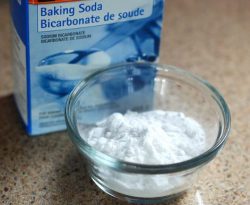
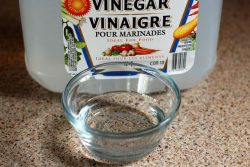
Questions answered:
1/Are you using the best comb and brush for your hair? What type of comb or/and brush should I use for my hair?
This answer is quite simple: only you can determine that answer. I can speak about combs and brushes I use on my natural hair and of course, you might use others. I think, however, no matter what type of hair texture you may have, you need to do ample research and of course, trials and errors in order to find the best fit!
Common hair combs and brushes:
- Wide Tooth Comb
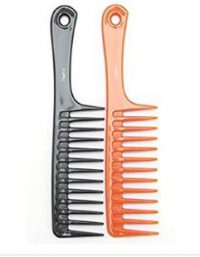 – to help detangle hair when wet
– to help detangle hair when wet - Rat Tail/Fine Tooth Comb
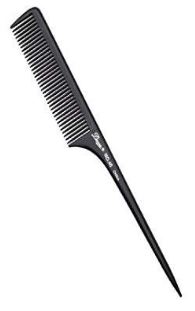 – for short hair to help detangle and to help to section hair
– for short hair to help detangle and to help to section hair - Denman Brush
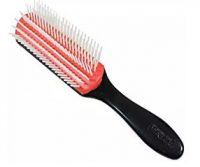 – to help separate curls when used on wet hair
– to help separate curls when used on wet hair - Boar Bristle Vented Hair Brush
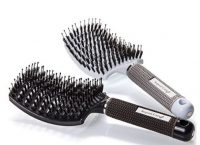
– to help speed up drying time when used with a blow dryer
- Round brush
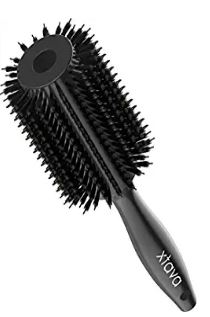 – to help curl hair while using a blow dryer
– to help curl hair while using a blow dryer - Teasing brush
 – to help back-teasing dry hair to help those who need a bit more volume
– to help back-teasing dry hair to help those who need a bit more volume - Wet brush
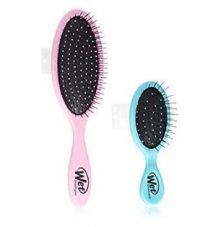 – to help with detangling
– to help with detangling - Tangle Teezer
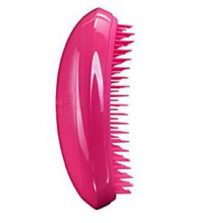 – to help with detangling
– to help with detangling - Paddle brush
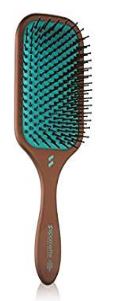 – to help straighten curls while blow drying and to help tame frizz
– to help straighten curls while blow drying and to help tame frizz - Natural Bristle Brush
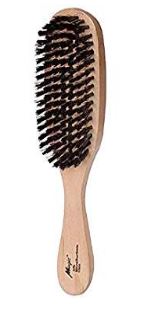 – usually made of boar’s hair, which can is soft enough be used on dry hair to help distribute the hair’s natural oils from root to tip
– usually made of boar’s hair, which can is soft enough be used on dry hair to help distribute the hair’s natural oils from root to tip - Synthetic bristle brush – to help with detangling on wet hair
2/Is it ok to brush wet hair?
In my opinion, it is better to minimise the use of brushes on your hair especially while it is wet. The reason being that your hair is at its most fragile state and more elastic when wet.
If you decide to use a brush, ensure that it is one that won’t ‘stress’ the hair in any way while using. The more common brushes used on wet hair: Denman brushes and Tangle Teezers. The bristles are widely spaced to accommodate usage while wet.
3/Is it ok to back-tease your hair?
I am not a fan of ‘teasing’ one’s hair, however, for some women who have fine-textured hair, this might give them that extra ‘lift/volume’ that they need. Just make sure that the brush you choose for the job won’t pull too much on the hair.
4/Is finger-combing your hair a better alternative?
Being natural, this is one method of ‘combing’ that I find easy to do…and inexpensive! You can use your fingers to ‘rake/comb’ through your wet hair and help with detangling. It might be a little more time-consuming, but you will be a bit more gentle with your hair.
5/Is it better to comb hair wet or dry?
This, of course, is a personal choice. I prefer to comb my natural hair while it is wet. I find the detangling process much easier. If I need to comb it once it is dry, then I ensure that I use a wide-tooth comb and an oil-based leave-in conditioner with components like shea butter or/and coconut oil.
I hope this article has provided enough ‘ammunition’ to go to ‘town’ on how to do your hair. I welcome your feedback which you can leave in the comment section below. Thanks and happy hair journey.
